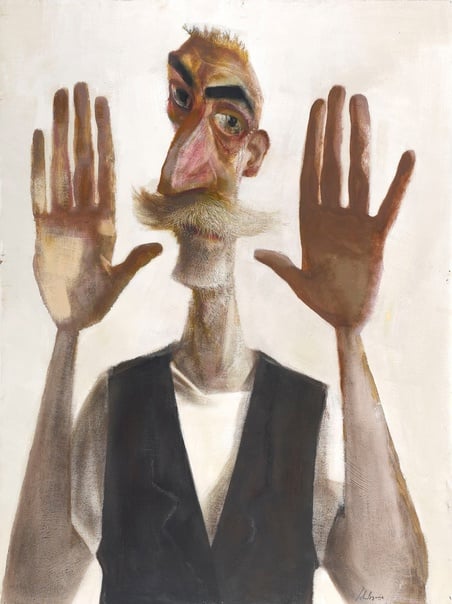- cross-posted to:
- [email protected]
- cross-posted to:
- [email protected]
The researchers suggest that most of the petroglyphs appear to have been thought out or planned prior to carving—their coloring and uniform spacing suggest the artists knew what they were going to do beforehand.
They also note that most of the carvings followed similar themes—most involved danzantes surrounded by zig-zag or squiggly lines, dots or sometimes circles. They suggest the zig-zags were carved to accentuate the energy and movement associated with wild dancing.
The researchers note that the carvings are very much like those done by the Tukano, early people living in what is now Colombia. Prior research has shown that most of those carvings were made during rituals by people consuming ayahuasca, which is made using hallucinogenic vines.


